Home>Furniture & Design>Interior Design Trends>How Many Ounces Is One Glass Of Wine
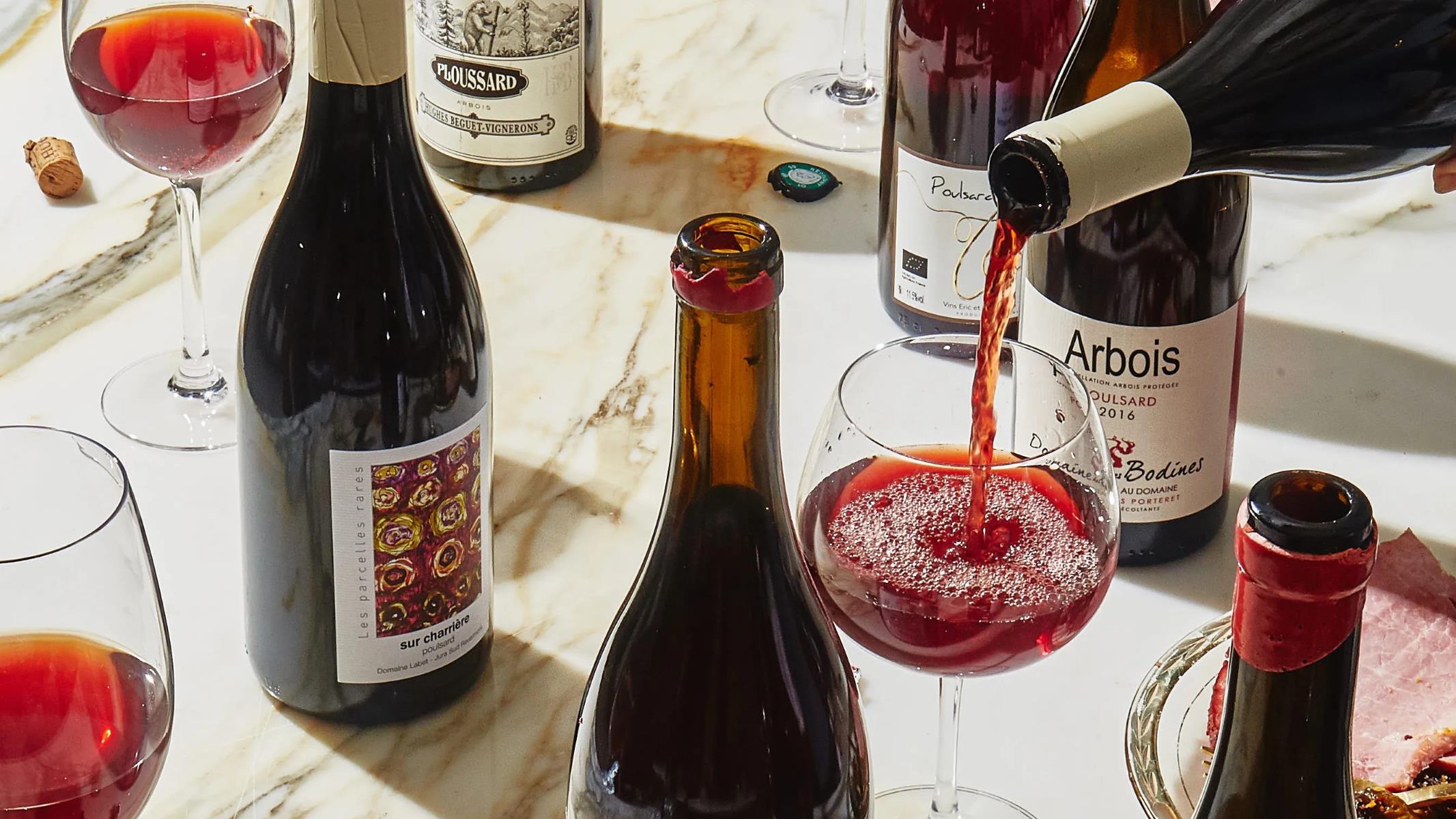

Interior Design Trends
How Many Ounces Is One Glass Of Wine
Modified: February 18, 2024
Discover the latest interior design trends and find out how many ounces make up a standard glass of wine. Explore the perfect balance of style and indulgence.
(Many of the links in this article redirect to a specific reviewed product. Your purchase of these products through affiliate links helps to generate commission for Storables.com, at no extra cost. Learn more)
Introduction
When it comes to savoring a glass of wine, understanding the standard serving size is essential. The question of how many ounces constitute a glass of wine is a common query among wine enthusiasts and casual drinkers alike. Whether you're unwinding after a long day, celebrating a special occasion, or simply enjoying a meal, knowing the appropriate serving size ensures that you can fully appreciate the flavors and aromas of the wine.
In this article, we will delve into the intricacies of wine serving sizes, particularly focusing on the number of ounces in a standard glass of wine. By exploring the factors that influence the measurement of wine servings, we aim to provide a comprehensive understanding of this fundamental aspect of wine consumption. Whether you're a wine aficionado seeking to refine your knowledge or someone who simply wants to enjoy wine in moderation, this exploration will shed light on the ounces in a glass of wine, enabling you to make informed choices and enhance your overall wine-drinking experience.
Key Takeaways:
- A standard glass of wine is typically 5 ounces, allowing for a balanced and enjoyable drinking experience while appreciating the wine’s aroma, flavor, and mouthfeel.
- Factors such as glass shape, pouring technique, wine type, personal perception, and environment influence how we perceive the amount of wine in a glass.
Standard Serving Size of Wine
The standard serving size of wine plays a pivotal role in ensuring that individuals can relish the beverage responsibly while appreciating its nuances. According to conventional guidelines, a standard serving of wine typically amounts to 5 ounces. This measurement is widely recognized and adhered to within the wine industry, as it allows for a balanced consumption experience that accentuates the wine's characteristics without overwhelming the palate.
The 5-ounce standard serving size is not arbitrary; rather, it is rooted in a harmonious blend of tradition, practicality, and sensory appreciation. This quantity enables individuals to savor the wine's aroma, flavor profile, and mouthfeel, thereby enhancing the overall drinking experience. Moreover, adhering to this standard facilitates responsible consumption, aligning with the notion of enjoying wine in moderation.
It's important to note that the 5-ounce standard serving size applies to a variety of wine types, including red, white, rosé, and sparkling wines. This universality underscores the significance of maintaining consistency in serving sizes across different wine categories, ensuring that individuals can gauge their intake regardless of the wine they choose to enjoy.
Understanding and respecting the standard serving size of wine is not only a matter of etiquette and tradition but also a reflection of mindfulness and appreciation for the beverage. By adhering to this guideline, individuals can partake in the sensory journey that wine offers, allowing them to engage with its complexities and subtleties in a manner that is both enjoyable and responsible.
In essence, the standard serving size of 5 ounces embodies the delicate balance between indulgence and restraint, enabling wine enthusiasts to savor the beverage in a manner that honors its craftsmanship and allure. This foundational understanding sets the stage for a gratifying and mindful wine-drinking experience, enriching the moments spent in the company of this timeless libation.
Understanding Ounces in a Glass of Wine
The concept of ounces in a glass of wine holds significance in the realm of wine appreciation and responsible consumption. Understanding the measurement of ounces in a glass of wine entails delving into the intricacies of wine serving sizes and the sensory experience they facilitate.
When we consider the standard serving size of wine, which typically amounts to 5 ounces, we gain insight into the fundamental unit of measurement that defines a glass of wine. This measurement is not arbitrary; rather, it is rooted in a delicate balance that allows individuals to fully engage with the wine's sensory attributes. The 5-ounce serving size provides a tangible framework for appreciating the wine's aroma, flavor profile, and mouthfeel, thereby enriching the overall drinking experience.
Furthermore, comprehending the ounces in a glass of wine involves recognizing the interplay between quantity and quality. The 5-ounce serving size strikes a harmonious equilibrium, enabling individuals to savor the wine's nuances without overwhelming their senses. This balance is essential for cultivating a heightened awareness of the wine's characteristics, fostering a deeper connection with the beverage.
Moreover, ounces in a glass of wine serve as a practical measure that aligns with the art of wine appreciation. By adhering to the 5-ounce standard serving size, individuals can gauge their wine intake with precision, allowing them to indulge in the beverage while maintaining a sense of mindfulness and moderation. This understanding underscores the notion that the measurement of ounces in a glass of wine transcends mere quantification; rather, it embodies a holistic approach to savoring and respecting the beverage.
In essence, understanding the ounces in a glass of wine encompasses more than numerical measurement; it encapsulates a philosophy of mindful consumption and sensory engagement. By embracing the 5-ounce serving size as the benchmark for a glass of wine, individuals can immerse themselves in the sensory journey that wine offers, fostering a deeper appreciation for its artistry and allure. This understanding sets the stage for a gratifying and mindful wine-drinking experience, enriching the moments spent in the company of this timeless libation.
A standard glass of wine is typically 5 ounces. However, some wine glasses can hold up to 12 ounces, so it’s important to check the size of the glass you’re using.
Factors Affecting Ounce Measurement
The measurement of ounces in a glass of wine is influenced by several factors that collectively shape the drinking experience and contribute to the appreciation of the beverage. Understanding these factors is essential for gaining insight into the nuanced art of wine consumption and the variables that impact the measurement of wine servings.
-
Glass Shape and Size:
The design and dimensions of the wine glass play a crucial role in determining the perceived volume of a serving. Different glass shapes and sizes can affect the visual presentation of the wine, potentially influencing the perception of the quantity poured. Additionally, variations in glassware can impact the distribution of aromas, further influencing the sensory experience. -
Pouring Technique:
The manner in which wine is poured into a glass can affect the accuracy of the serving size. Factors such as the angle of the bottle, the speed of pouring, and the height of the pour can all contribute to variations in the actual volume of wine dispensed. Attention to pouring technique is essential for ensuring consistency in serving sizes across different occasions and settings. -
Wine Varietal and Style:
The characteristics of different wine varietals and styles can influence the perception of serving size. Wines with varying viscosities, effervescence, and color intensity may appear to fill a glass differently, impacting the visual assessment of the poured volume. Understanding the unique attributes of each wine type is integral to accurately gauging the serving size and maintaining uniformity in consumption. -
Personal Perception and Expectation:
Individual perceptions and expectations regarding wine servings can introduce subjective elements that affect ounce measurement. Factors such as prior experiences, cultural norms, and personal preferences can influence how individuals perceive and interpret the quantity of wine in a glass. Acknowledging the subjective nature of perception is crucial for appreciating the diverse ways in which individuals engage with wine servings. -
Environmental Conditions:
The surrounding environment, including lighting, ambient noise, and social dynamics, can impact the assessment of wine serving sizes. External factors may influence individuals' attention to detail and their ability to accurately gauge the ounces in a glass of wine. Awareness of environmental influences is essential for maintaining consistency in serving sizes and promoting a holistic wine-drinking experience.
By considering these multifaceted factors, individuals can develop a deeper understanding of the complexities inherent in measuring ounces in a glass of wine. Embracing the interplay of these elements enriches the appreciation of wine as a sensory and cultural indulgence, fostering a heightened awareness of the nuances that define the art of wine consumption.
Conclusion
In conclusion, the measurement of ounces in a glass of wine encompasses a multifaceted tapestry of tradition, sensory appreciation, and practical considerations. The standard serving size of 5 ounces serves as a foundational benchmark, harmonizing indulgence with mindfulness and enabling individuals to engage with the wine's complexities in a balanced manner. Understanding the nuances of ounce measurement in wine servings illuminates the artistry and cultural significance of wine consumption, transcending mere quantification to embody a philosophy of mindful indulgence and sensory engagement.
As individuals navigate the realm of wine appreciation, the factors influencing ounce measurement underscore the intricate interplay of visual, olfactory, and gustatory elements that define the wine-drinking experience. From the influence of glassware and pouring techniques to the subjective nature of perception and the unique attributes of different wine styles, these factors contribute to the dynamic landscape of wine servings, enriching the sensory journey and fostering a deeper connection with the beverage.
Embracing the 5-ounce standard serving size as a guiding principle for savoring wine encapsulates a holistic approach to consumption, one that celebrates the artistry and allure of the beverage while honoring the principles of moderation and mindfulness. By recognizing the impact of glass shape, pouring technique, wine varietals, personal perception, and environmental conditions, individuals can cultivate a heightened awareness of the intricacies inherent in measuring ounces in a glass of wine, elevating the act of wine consumption to a sensory and cultural indulgence.
Ultimately, the understanding of ounces in a glass of wine transcends numerical measurement, embodying a philosophy of mindful consumption and sensory engagement. By embracing the 5-ounce serving size as the benchmark for a glass of wine, individuals can immerse themselves in the sensory journey that wine offers, fostering a deeper appreciation for its artistry and allure. This understanding sets the stage for a gratifying and mindful wine-drinking experience, enriching the moments spent in the company of this timeless libation.
Frequently Asked Questions about How Many Ounces Is One Glass Of Wine
Was this page helpful?
At Storables.com, we guarantee accurate and reliable information. Our content, validated by Expert Board Contributors, is crafted following stringent Editorial Policies. We're committed to providing you with well-researched, expert-backed insights for all your informational needs.
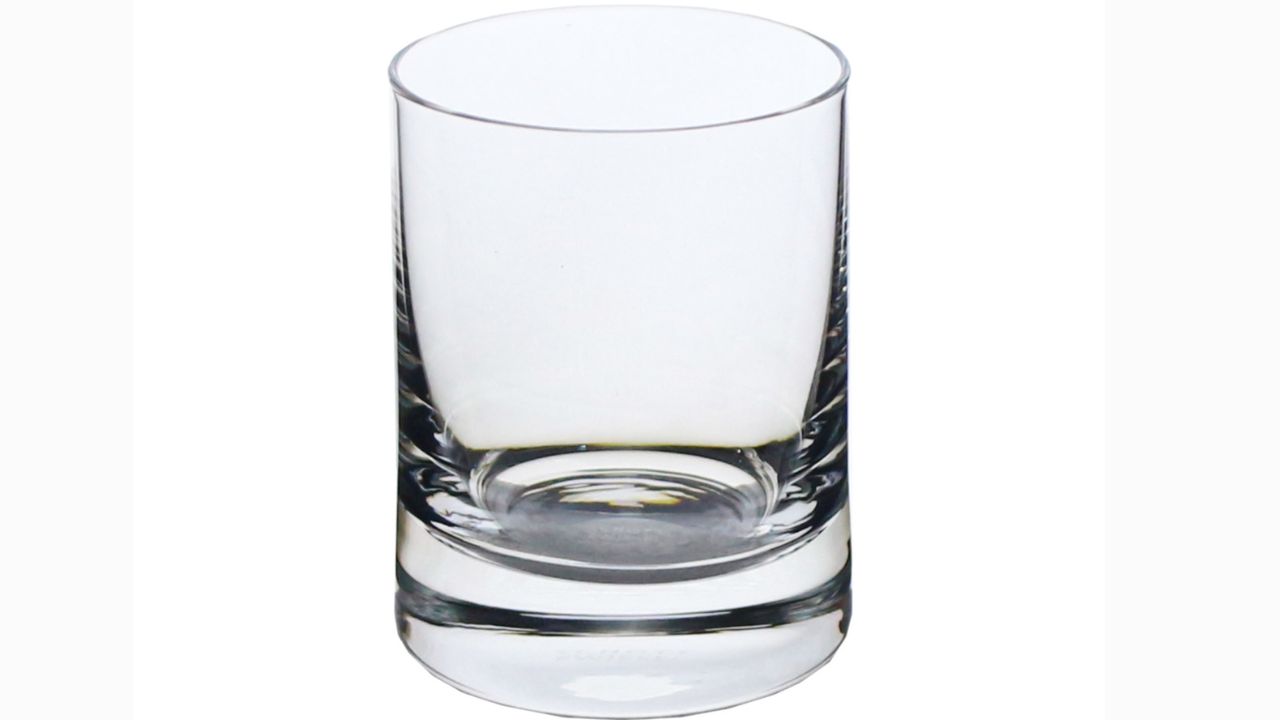
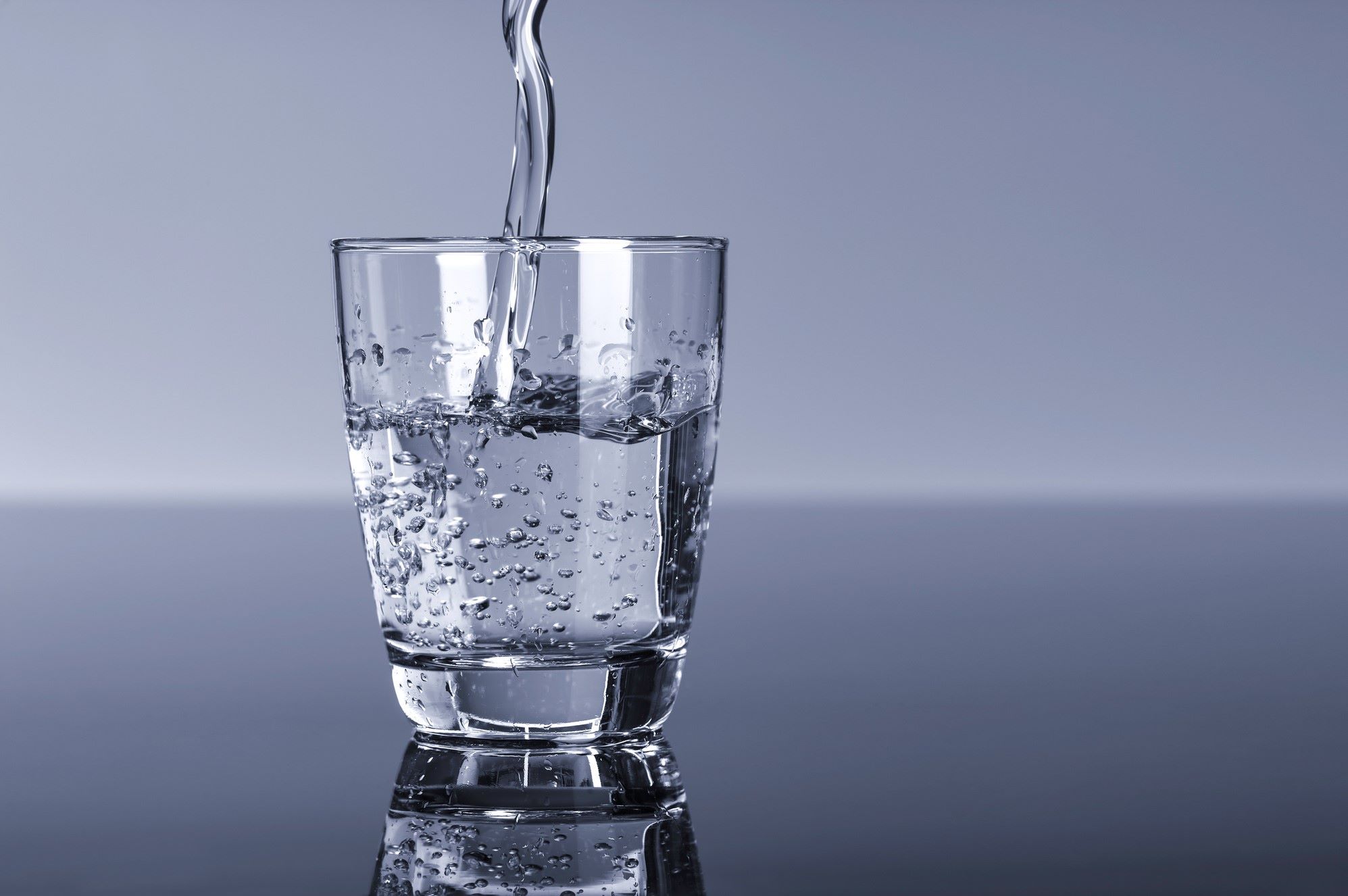

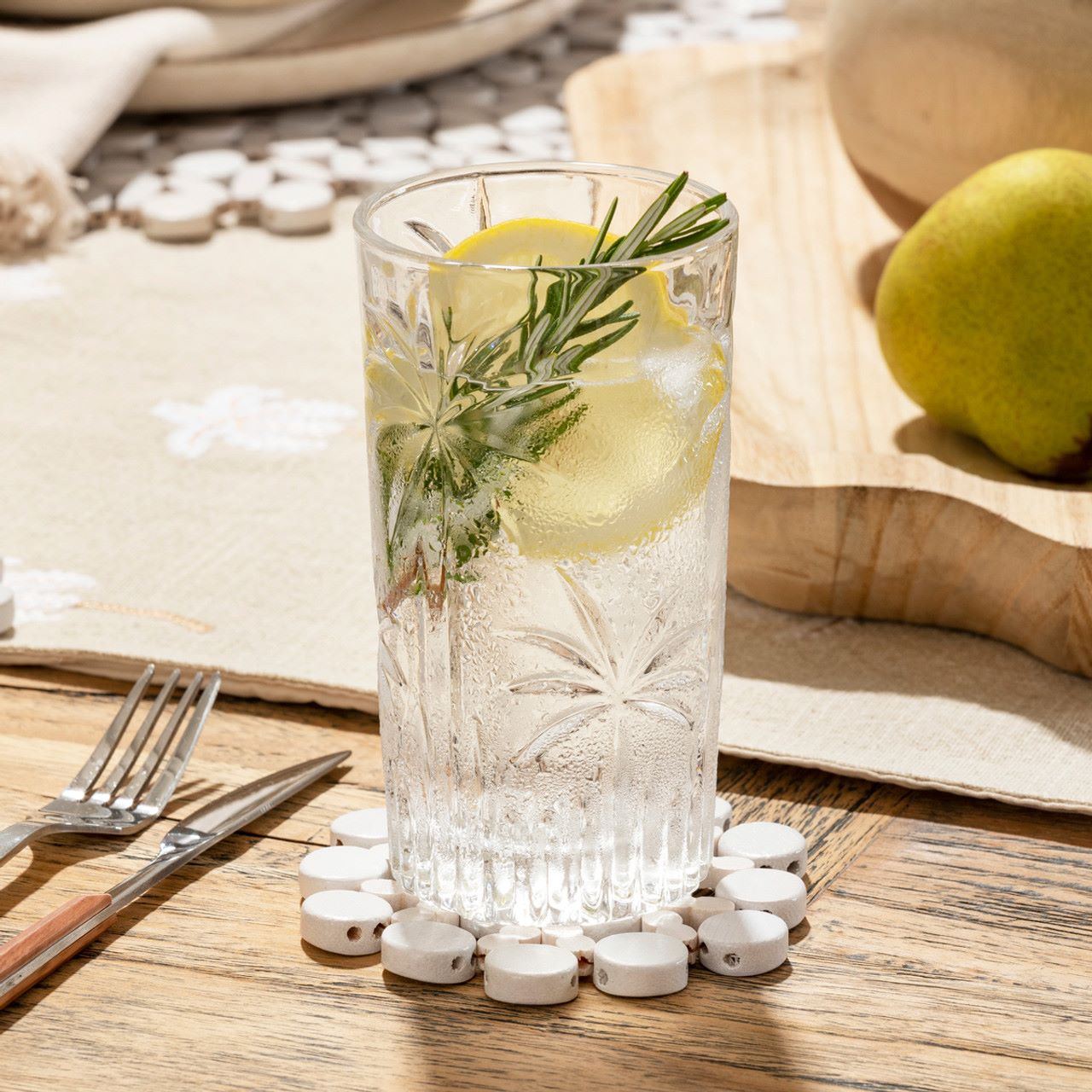
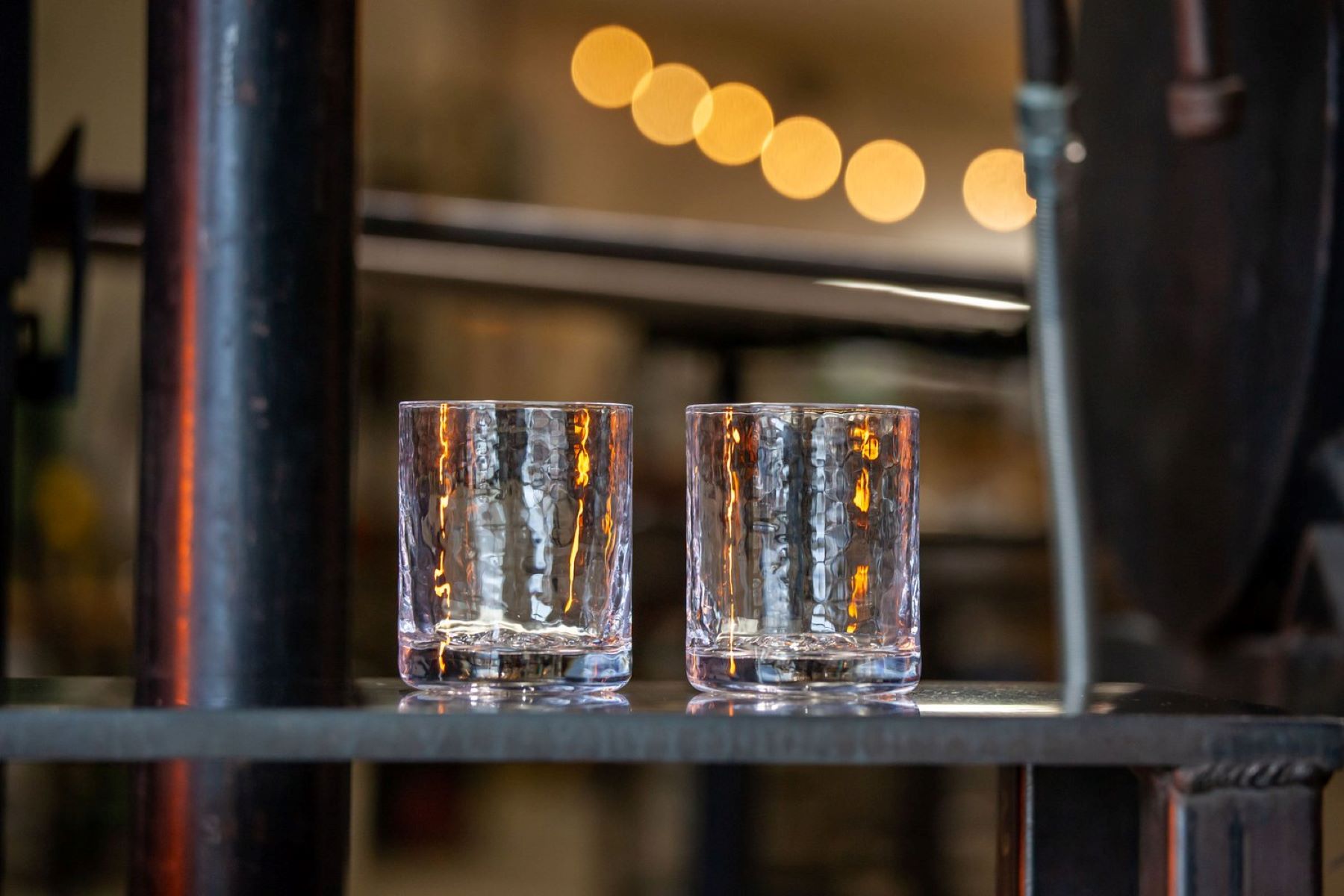
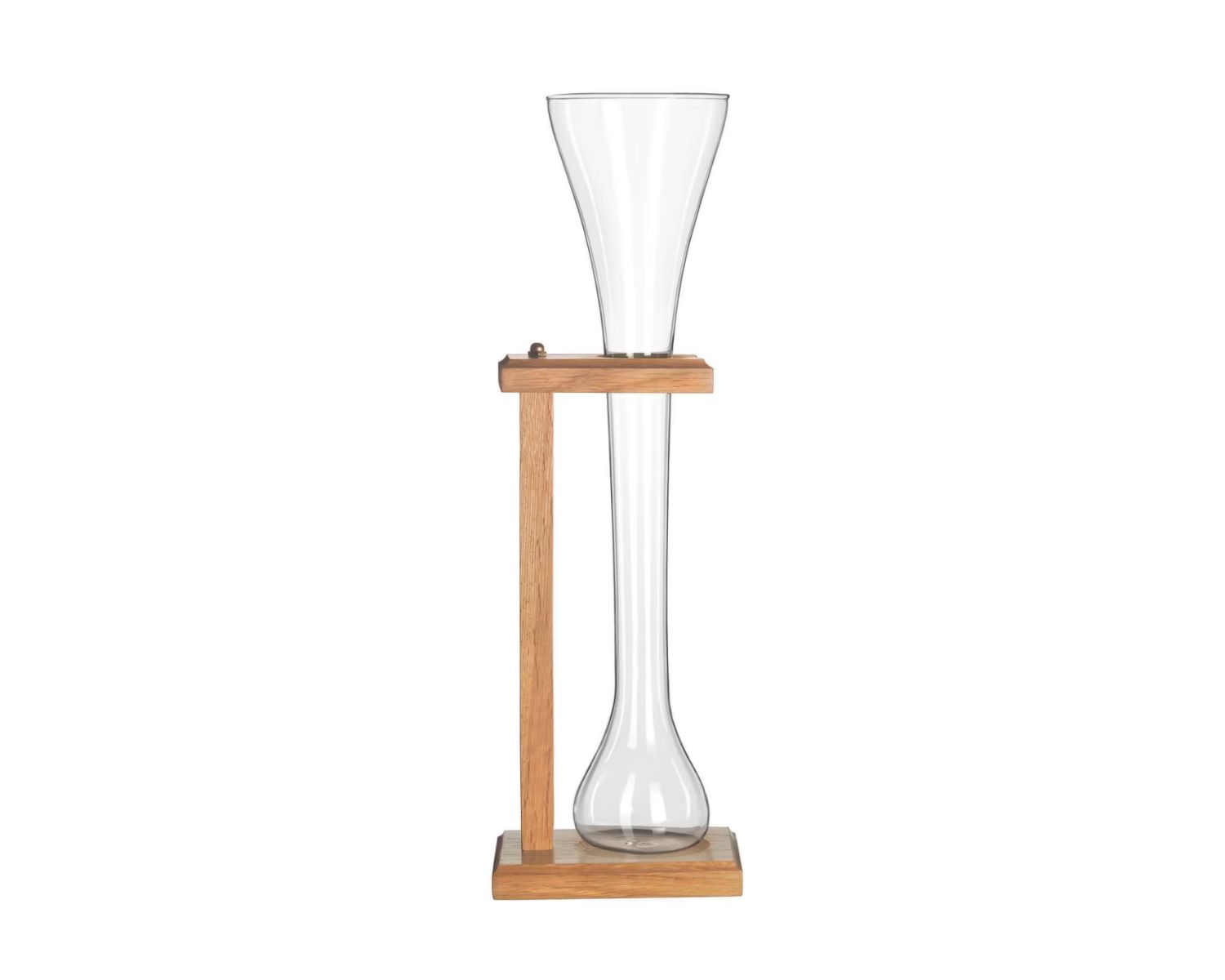
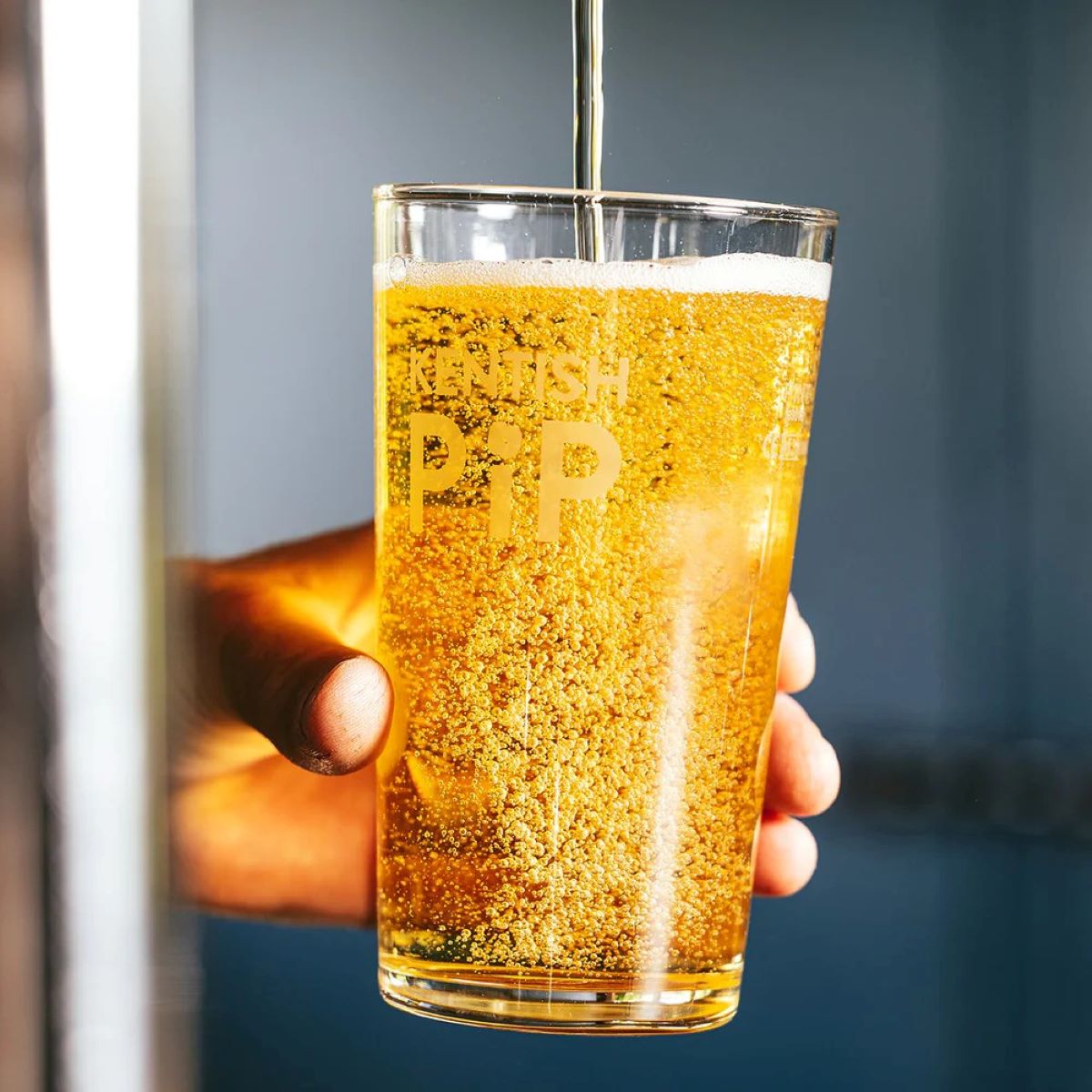
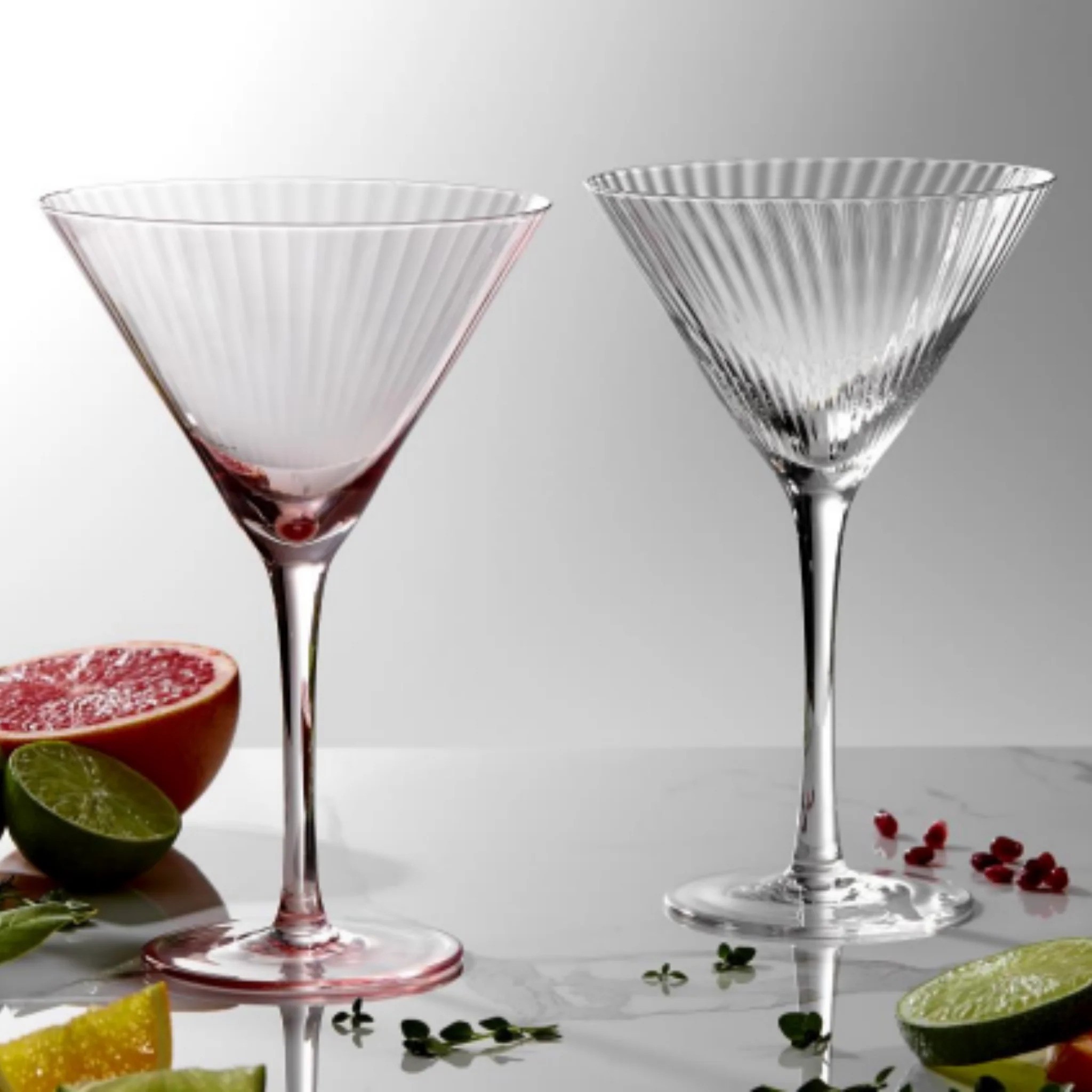
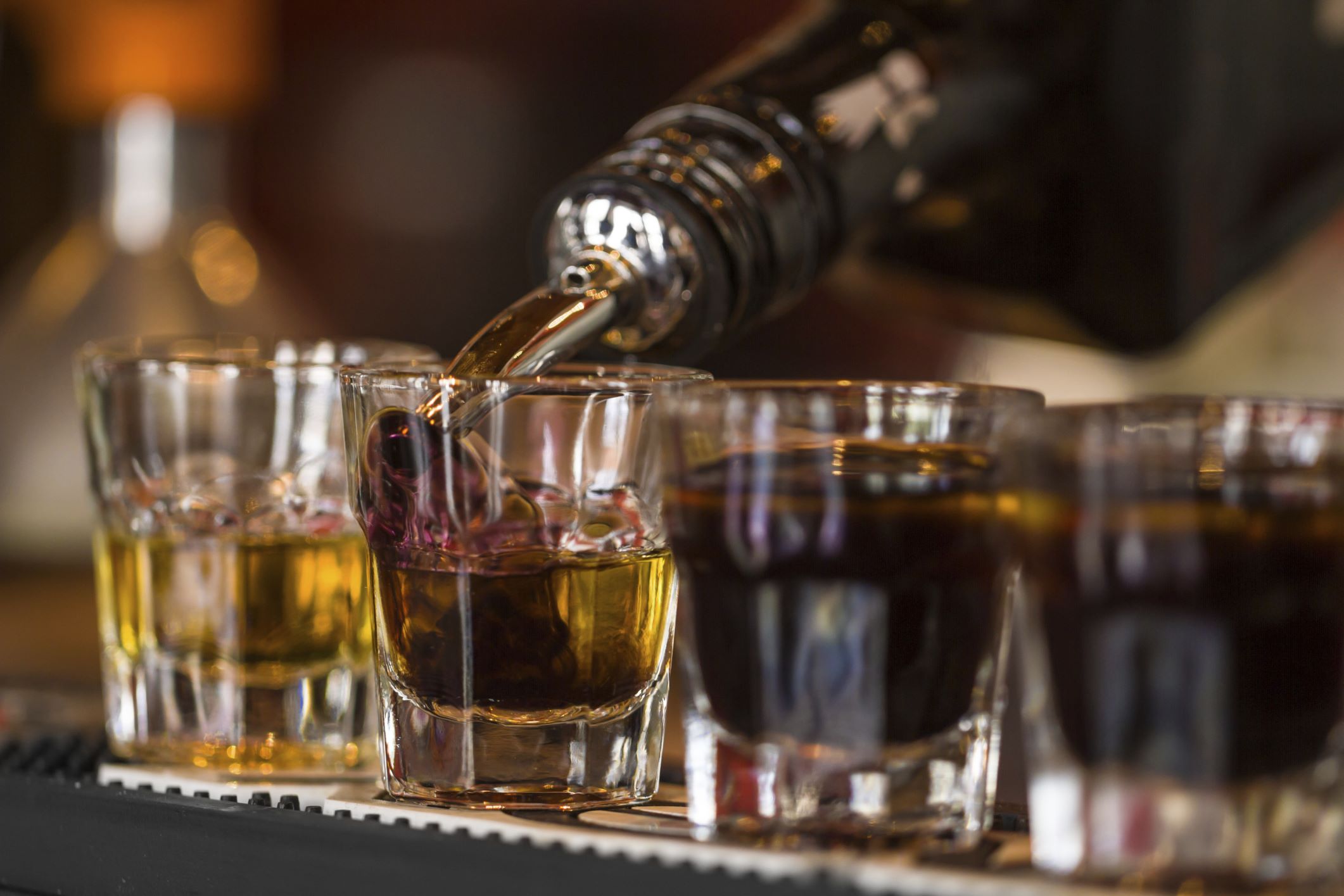
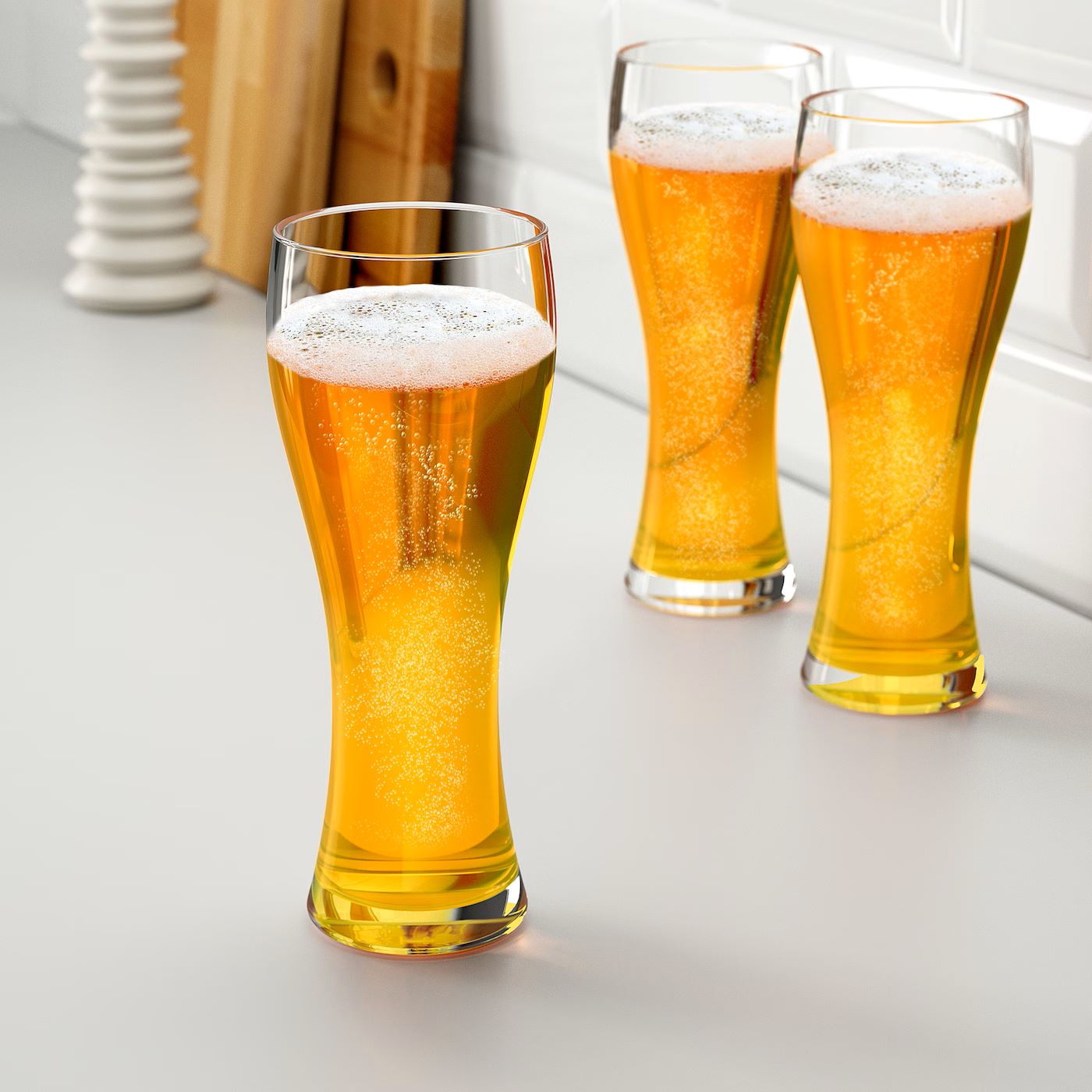
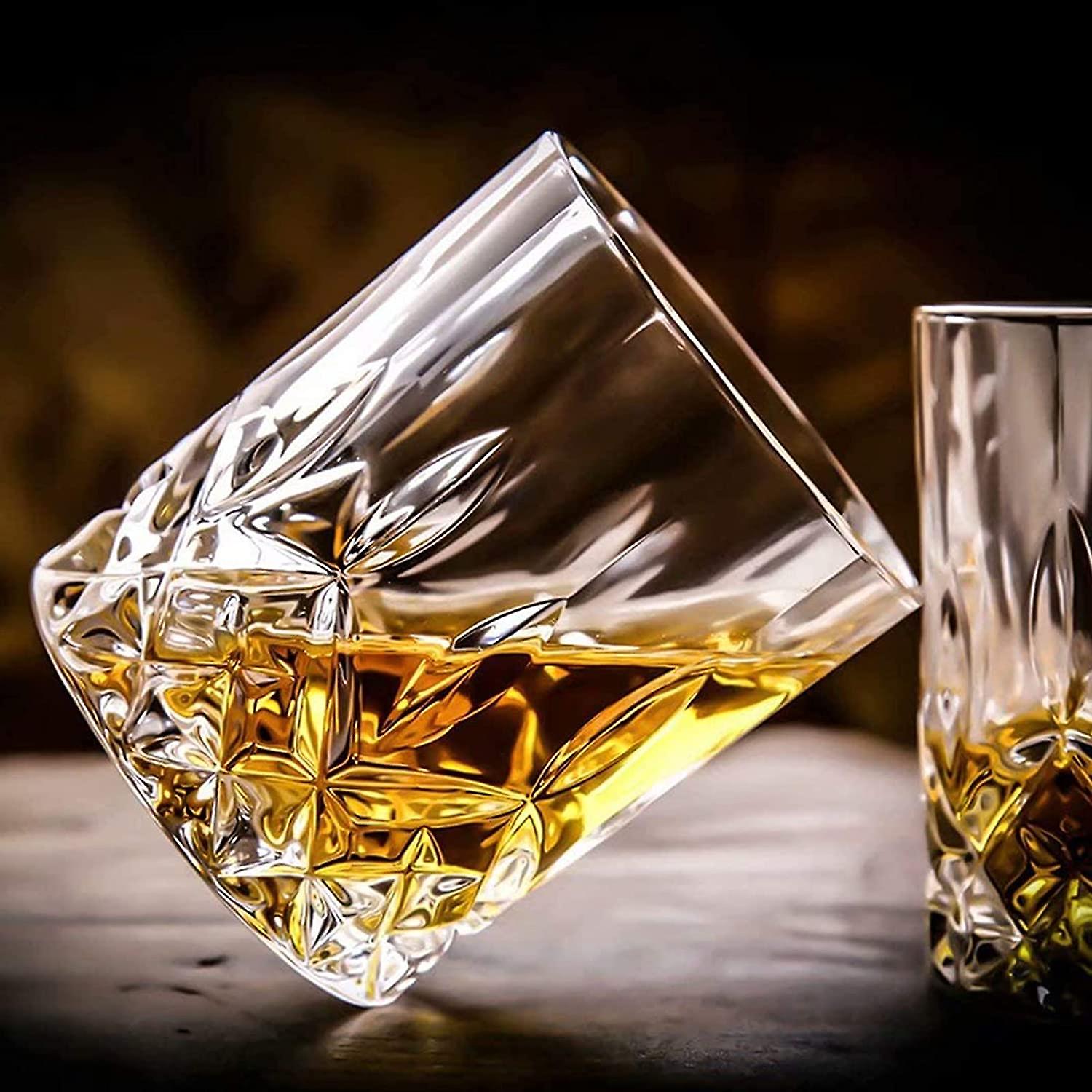
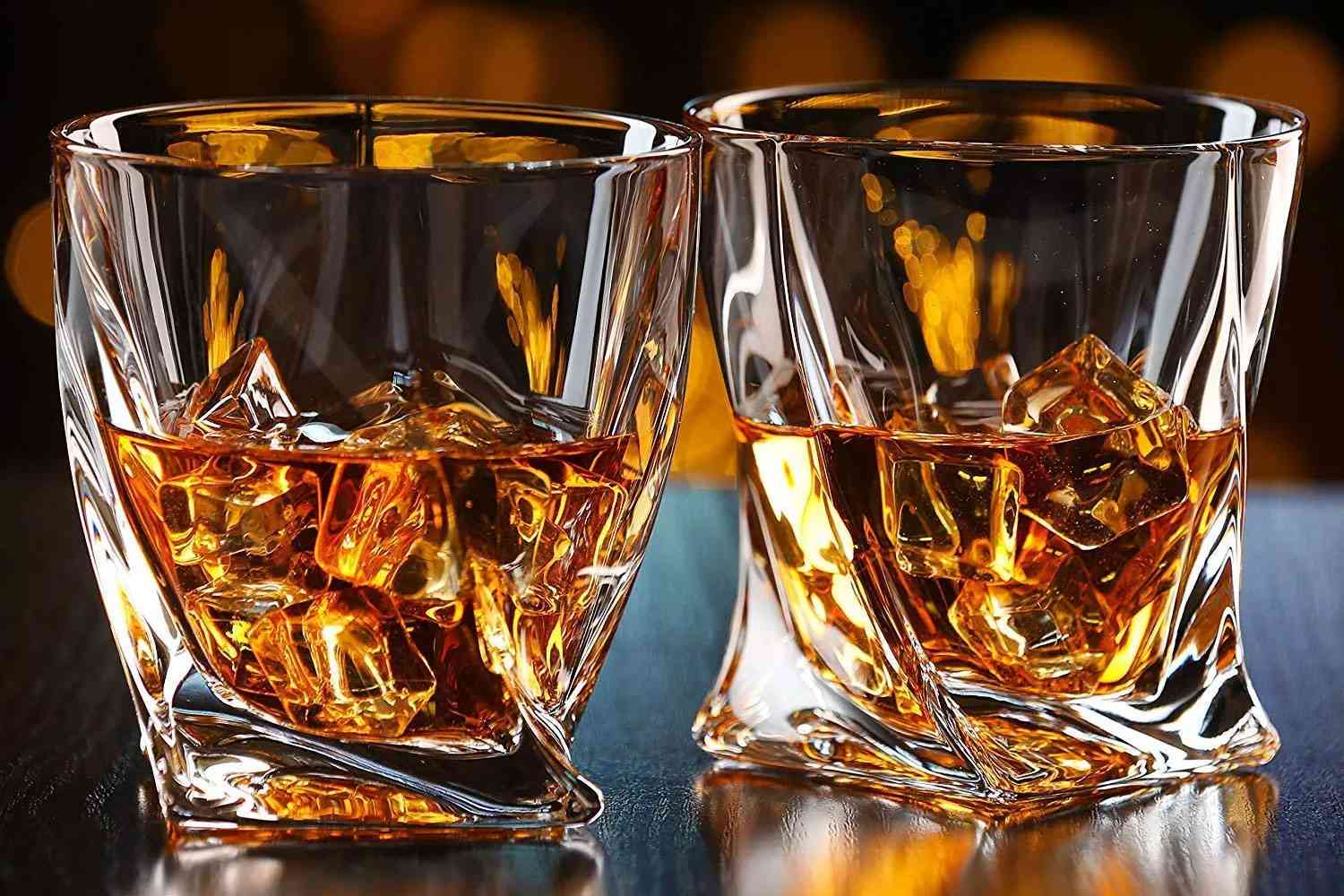
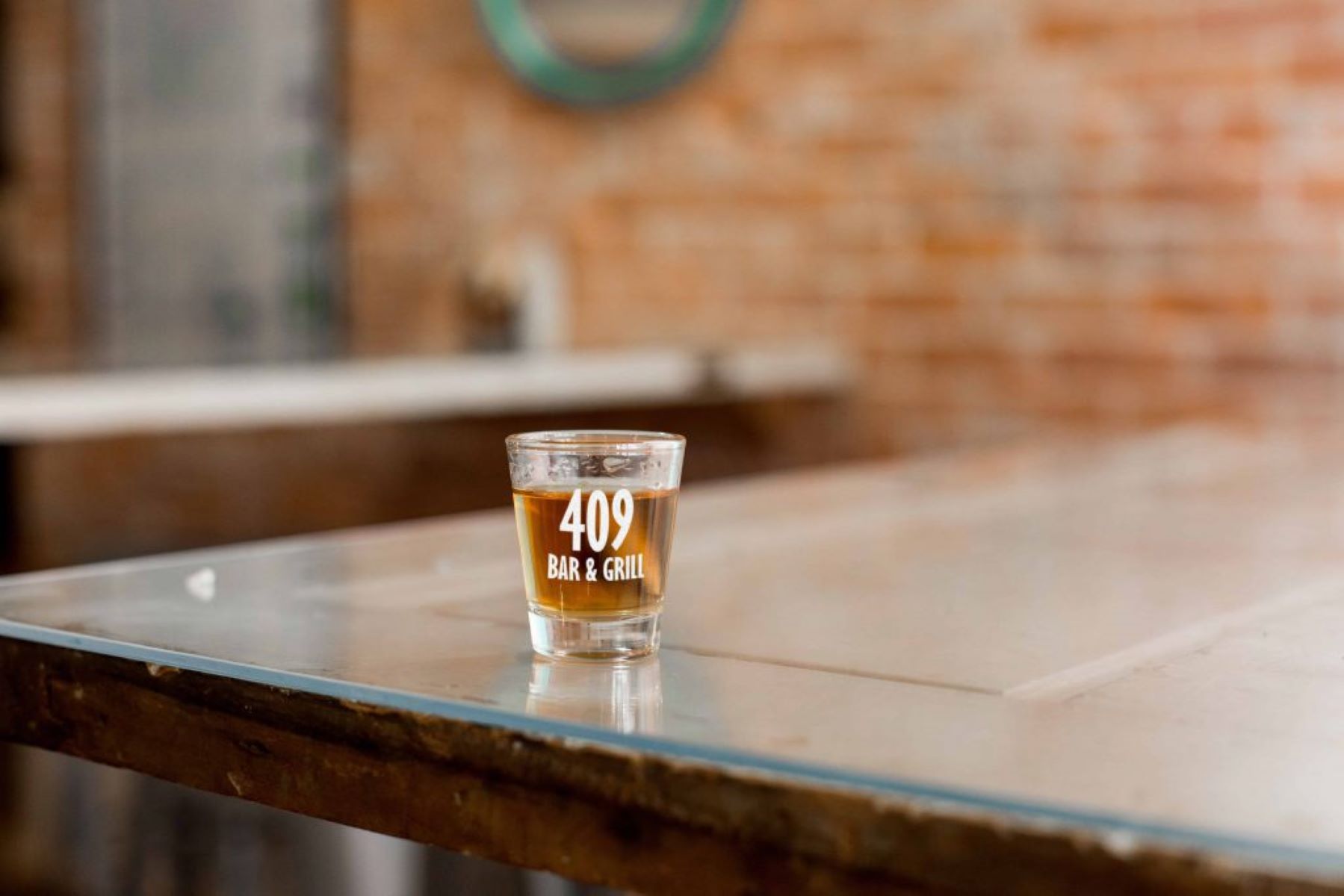
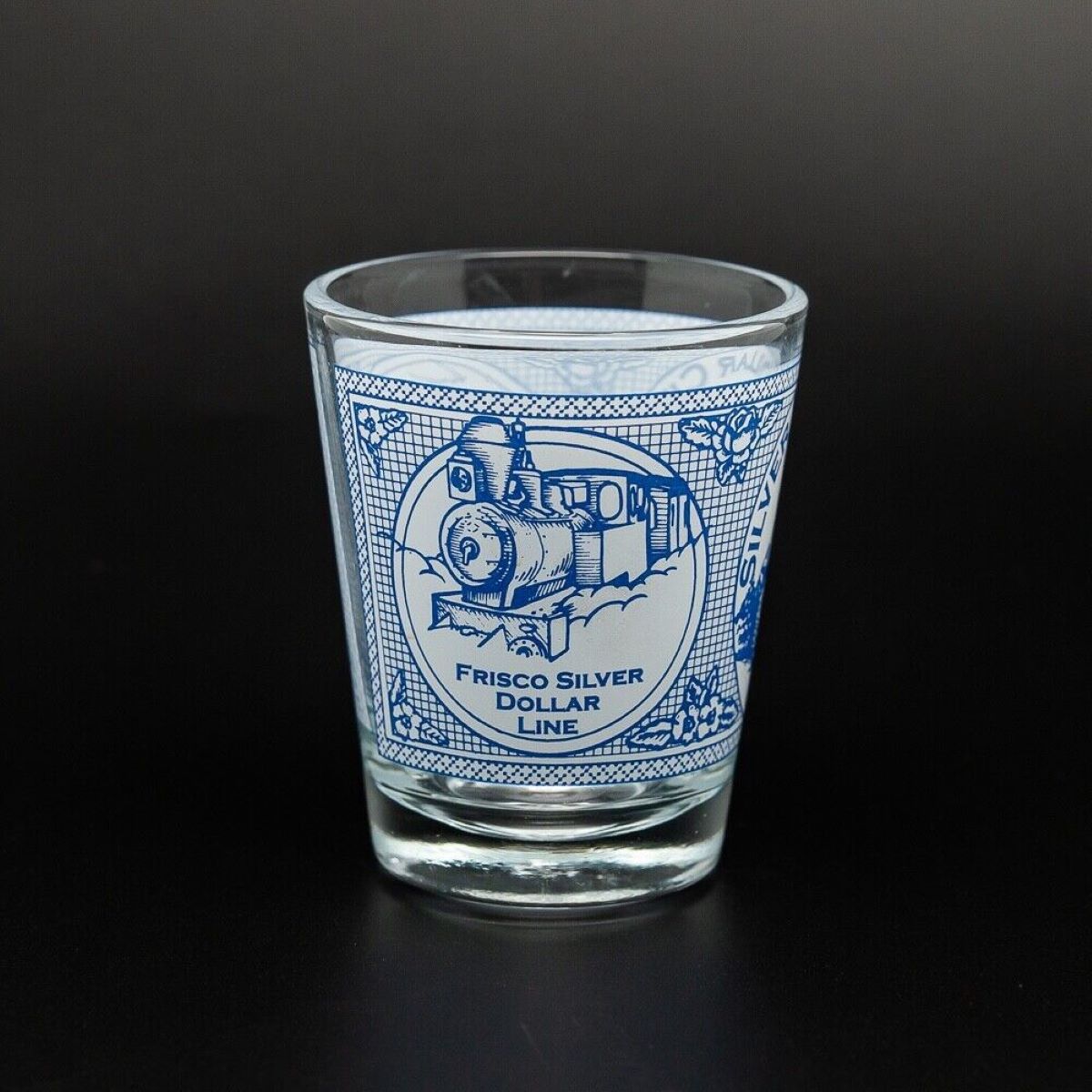
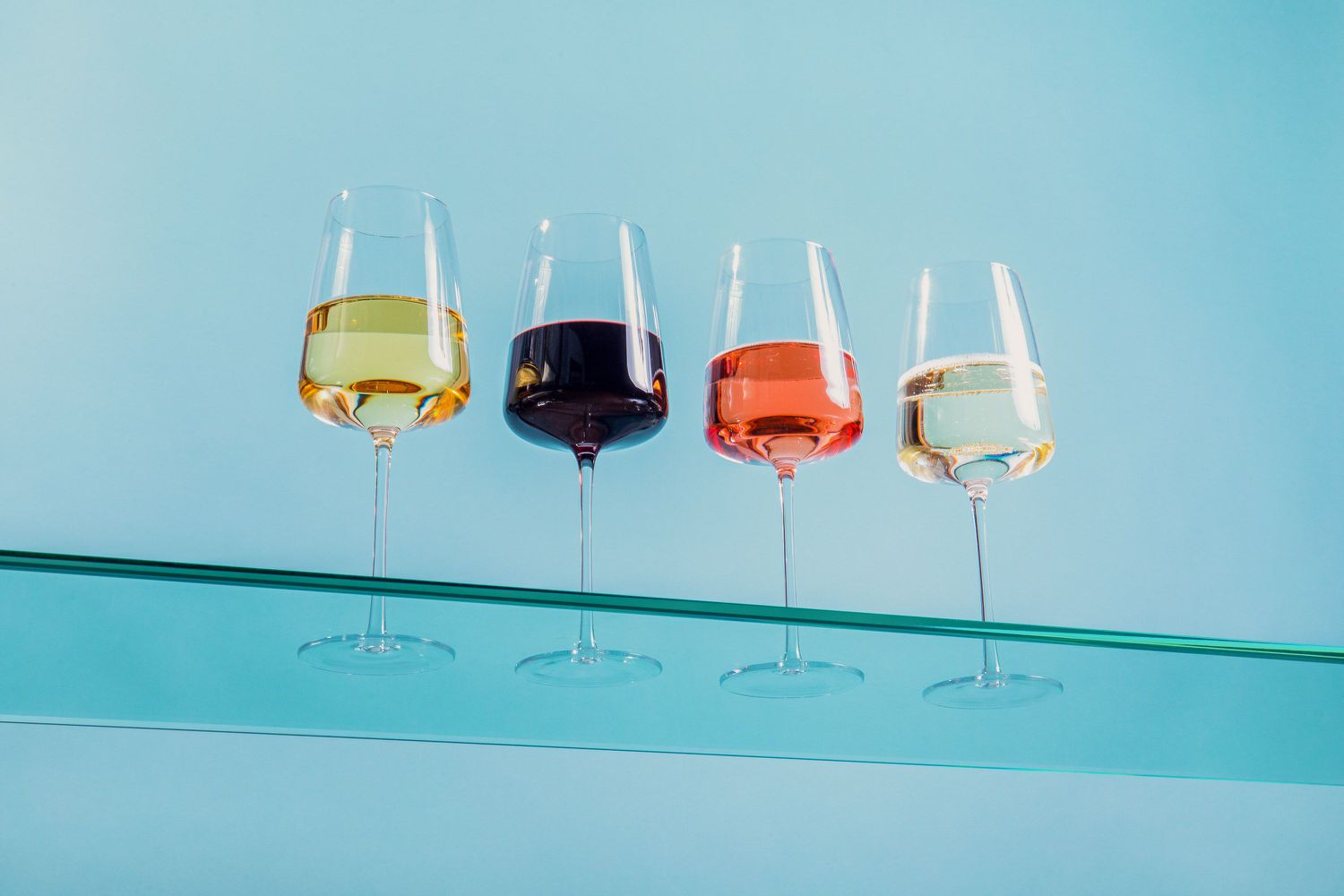

0 thoughts on “How Many Ounces Is One Glass Of Wine”